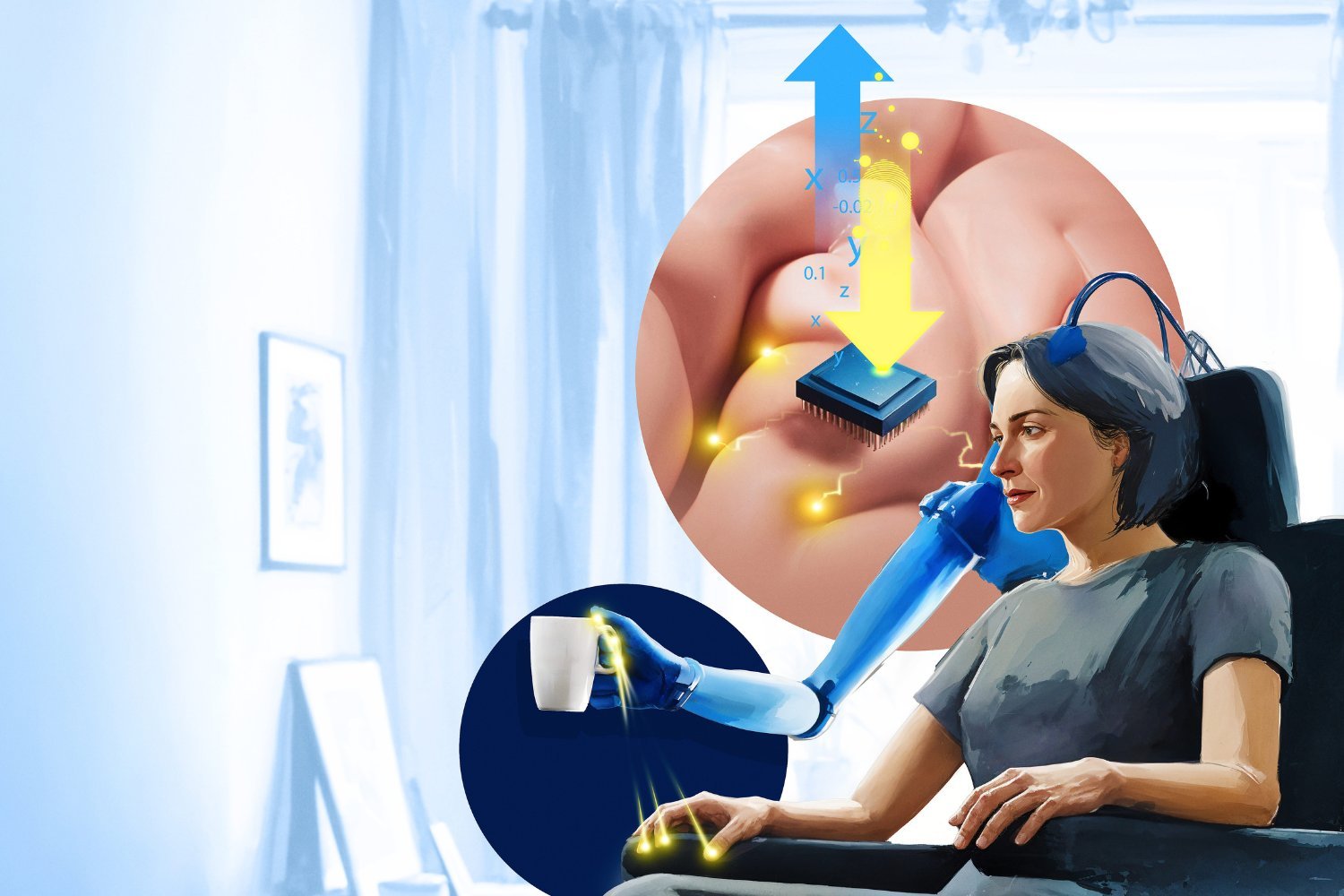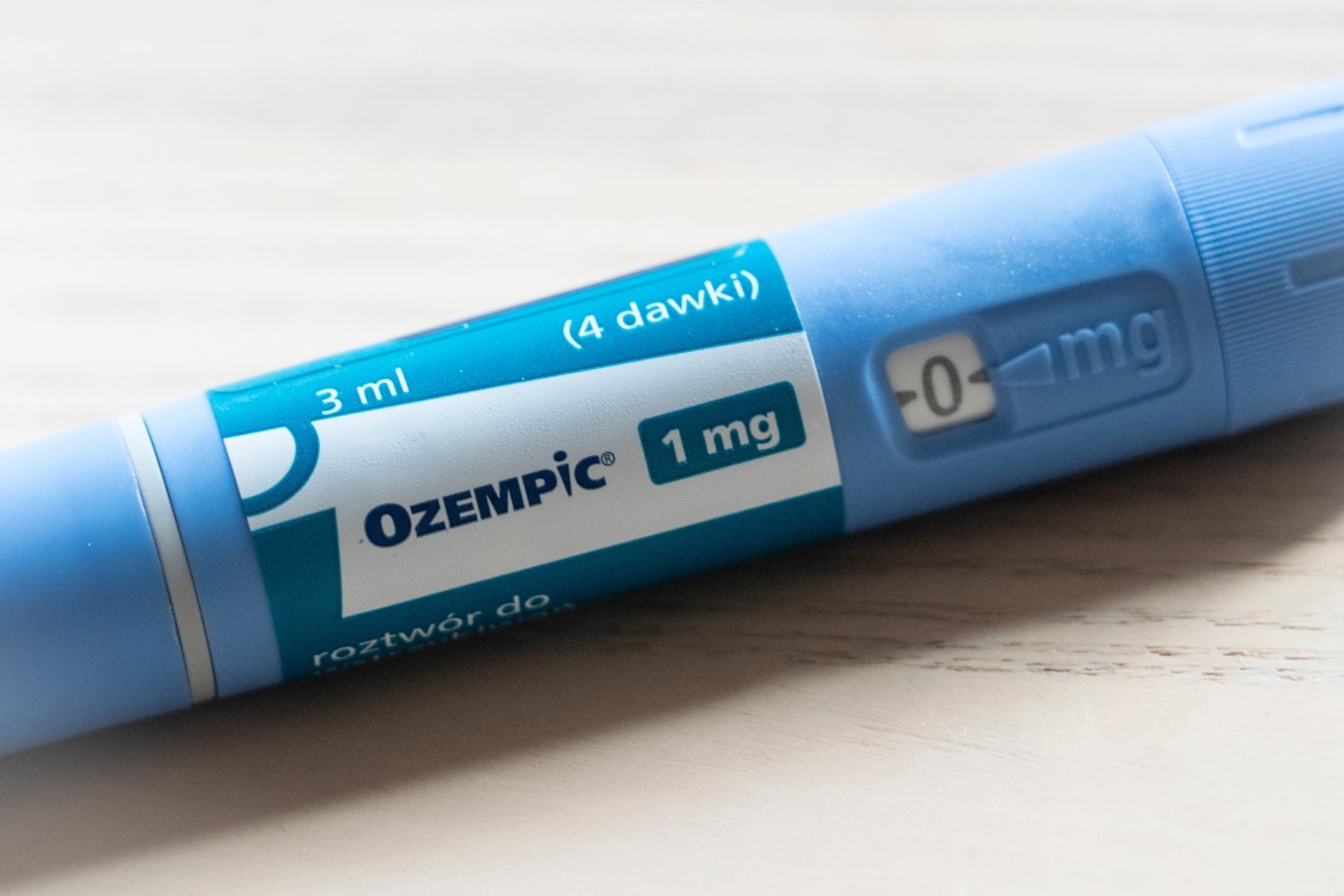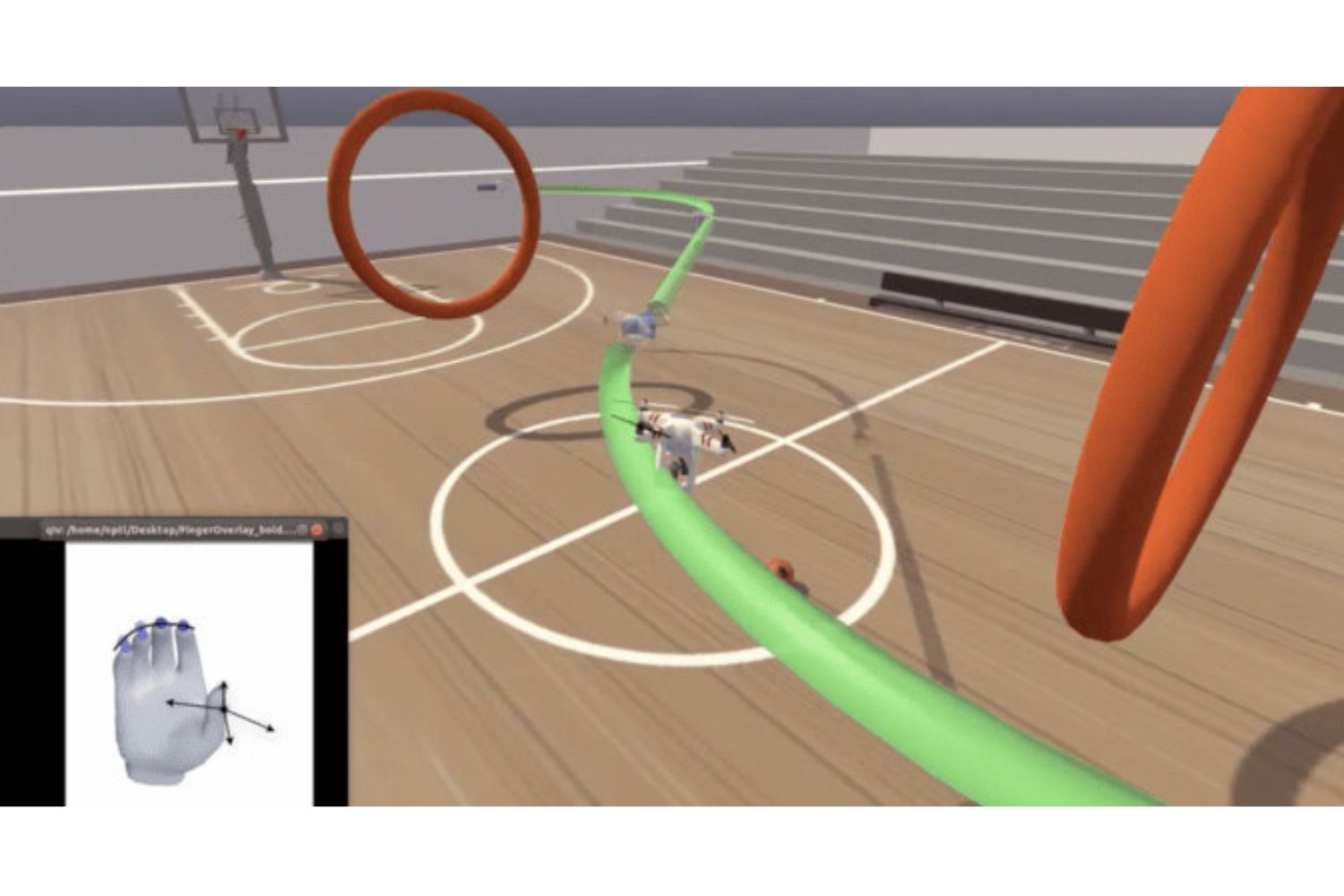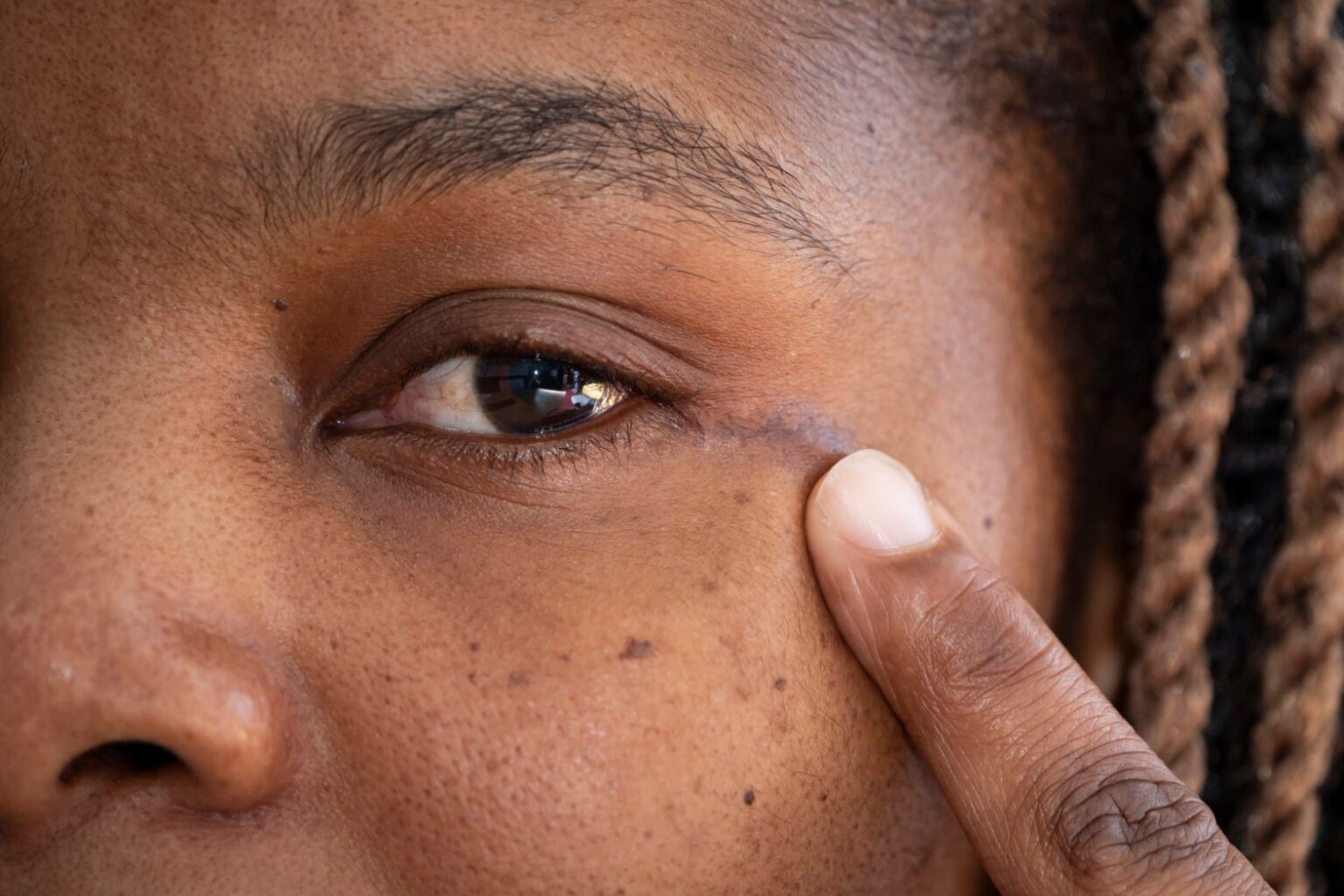The dream of a science fiction future where bionic limbs can feel is rapidly becoming reality. Researchers have developed a groundbreaking bionic hand system capable of reproducing complex tactile sensations, offering new hope for individuals with spinal cord injuries and amputations. This innovative brain-computer interface (BCI) allows users to experience a richer sense of touch, improving dexterity and control.
This advancement builds on previous progress in prosthetic and bionic limb technology. While earlier prosthetics focused on basic movements, this new system addresses the crucial element of touch. Current bionic limbs often lack the nuanced feedback necessary for performing intricate tasks. This new BCI system aims to bridge that gap by utilizing intracortical microstimulation (ICMS) to directly stimulate the brain’s somatosensory cortex, the area responsible for processing touch.
Previous attempts with ICMS primarily focused on replicating location and intensity of touch. However, touch encompasses much more than these two aspects. According to Giacomo Valle, a researcher at the Cortical Bionics Research Group and Chalmers University of Technology, “While contact location and force are critical feedback components, the sense of touch is far richer than this, also conveying information about texture, material properties, local contours, and the motion of objects across the skin.”
In a study published in Science, Valle’s team describes a significant leap forward in ICMS technology. Their BCI system goes beyond previous limitations by relaying sensations of motion, curvature, and orientation, enabling users to perform complex tasks with unprecedented precision. The system was tested on two volunteers with spinal cord injuries who received brain implants in the sensory and motor regions governing hand and arm movement.
These implants recorded and decoded the brain’s electrical activity as the volunteers imagined using their paralyzed limbs. The volunteers were then connected to a bionic limb equipped with sensors that communicated with the brain implants. This bidirectional communication allowed researchers to translate complex touch sensations from the bionic limb to the volunteers’ brains.
“In this work, for the first time, the research went beyond anything that has been done before in the field of brain-computer interfaces—we conveyed tactile sensations related to orientation, curvature, motion and 3D shapes for a participant using a brain-controlled bionic limb,” Valle explains. “We found a unique way to encode complex sensations, allowing for more vivid sensory feedback and experience while using a bionic hand.”
The volunteers reported feeling more nuanced sensations, like touching the edge of an object, with the sensation originating from their own hand. This enhanced feedback significantly improved their accuracy and control when performing tasks with the bionic limb. Valle emphasizes the importance of this richness of sensation, stating that it “is crucial for achieving the level of dexterity, manipulation, and a highly dimensional tactile experience typical of the human hand.”
While this research represents a significant breakthrough, challenges remain. Further development of more sophisticated sensors, robotic technology like prosthetic skin, and advanced brain implants are needed to fully realize the potential of this technology. However, the researchers are optimistic about the future of bionic limbs. Valle believes this study demonstrates a clear path toward restoring a more complete sense of touch, bringing us closer to a future where prosthetic limbs are not just functional tools, but a true extension of the human body.
The research team plans to test their BCI system in more realistic environments, such as patients’ homes, with the ultimate goal of improving the independence and quality of life for people with disabilities.











